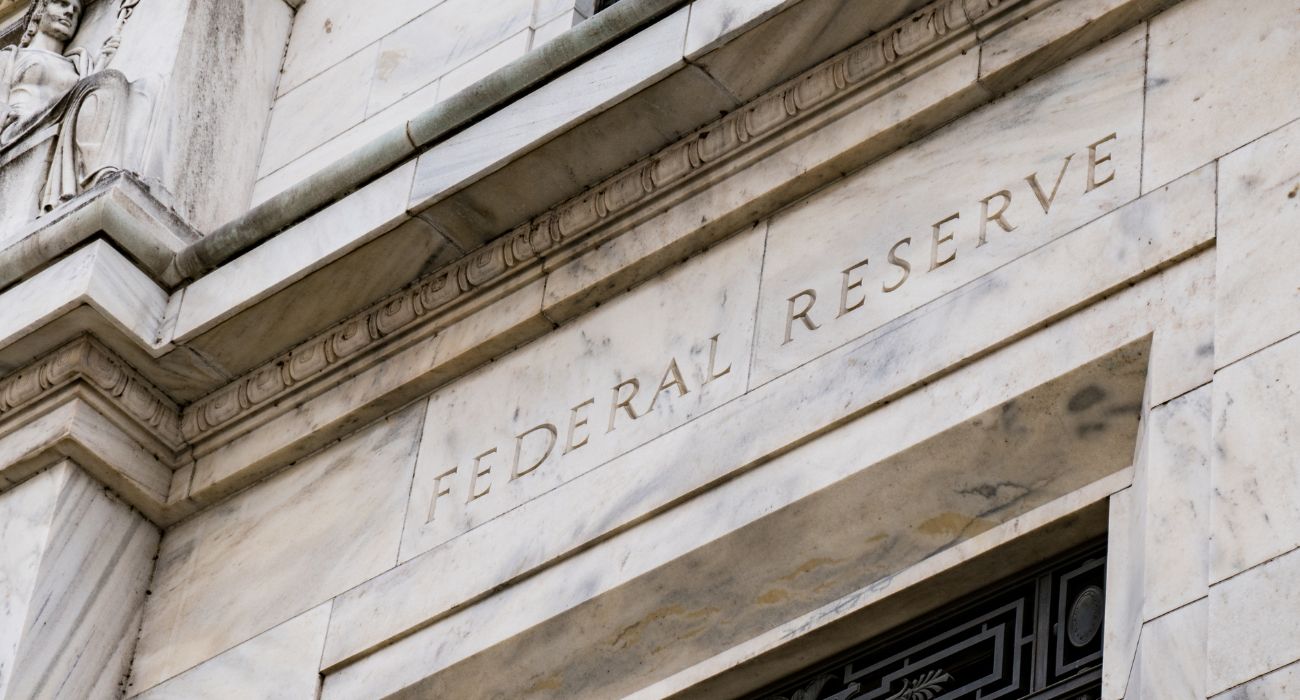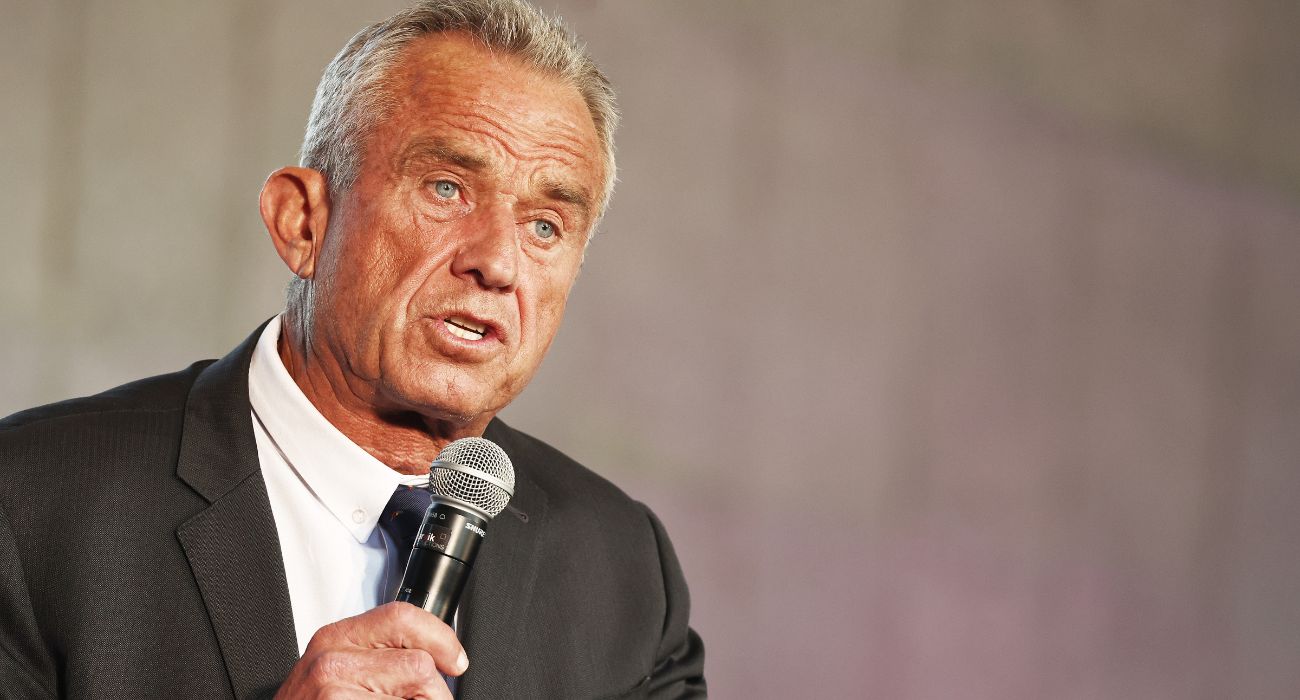Strong economic data in the U.S. has clouded the Fed’s outlook on the exact number of interest rate increases needed to bring inflation down to the central bank’s 2% target.
After a historic pace of rate hikes in 2022 and part of 2023, the Federal Reserve has decided to temporarily hold its benchmark interest rate between 5% and 5.25% while the effects of its monetary policy tightening filter through the U.S. economy.
“We’ve raised the fed funds rate by 500 basis points since a little more than a year ago. So, we’ve come a long way,” said Federal Reserve Chairman Jerome Powell at a monetary policy forum presented by the European Central Bank in Sintra, Portugal, per CNBC.
“We started at negative real interest rates, and we’ve now moved up to where we actually are in restrictive territory – but we haven’t been there very long. So, we believe there is more restriction coming.”
While both headline and core inflation have come down from their peak readings in June 2022, Powell does not anticipate core inflation reaching the 2% target until sometime in 2025. He and other central bankers reason that the resilient U.S. economy could end up loosening financial conditions, thus causing inflation to flare back up later this year or in 2024.
“The labor market is really pulling the economy,” Powell said, per CNBC. “We’ve got a market where jobs are being created, with strong wage gains that are driving real incomes and spending, driving more demand, and continuing to drive the labor market.”
According to the updated Summary of Economic Projections from June, Fed members have penciled in two more rate hikes and a target range of 5.5% to 5.75%. The reason, according to Powell, is the “stronger-than-expected growth, a tighter-than-expected labor market, and higher-than-expected inflation” over the last quarter.
This would mean that the Fed members have given themselves room to approve at least two more 25-basis-point rate hikes before finally issuing a pause. Central banks have conveyed no short-term or long-term plans to cut rates.
By slowing the pace of interest rates until 2025, central banks will be able to extract more information from the economic data to see “how much restraint is really coming,” Powell said.
If the Fed issues another 25-basis-point increase at the upcoming Federal Open Market Committee meeting from July 25-26, the policy rate will balloon to a 22-year high.






